A Hezbollah missile hits an IAF fighter jet. In response, the entire air force is scrambled to participate in a broad offensive against Lebanon, including attacks against infrastructure such as bridges, power plants and airports spanning 24 hours. That scenario was the focus of an IDF exercise that began on Sunday morning and ended on Tuesday at noon.

During the drill, the IAF proved its ability to strike at 3,000 Hezbollah targets within a 24-hour period.
“We practiced defending Israel’s skies against cruise missiles and operating our active [aerial] defense system against the rockets that they will want to use to target air force bases and densely populated areas,” a senior IAF officer said.
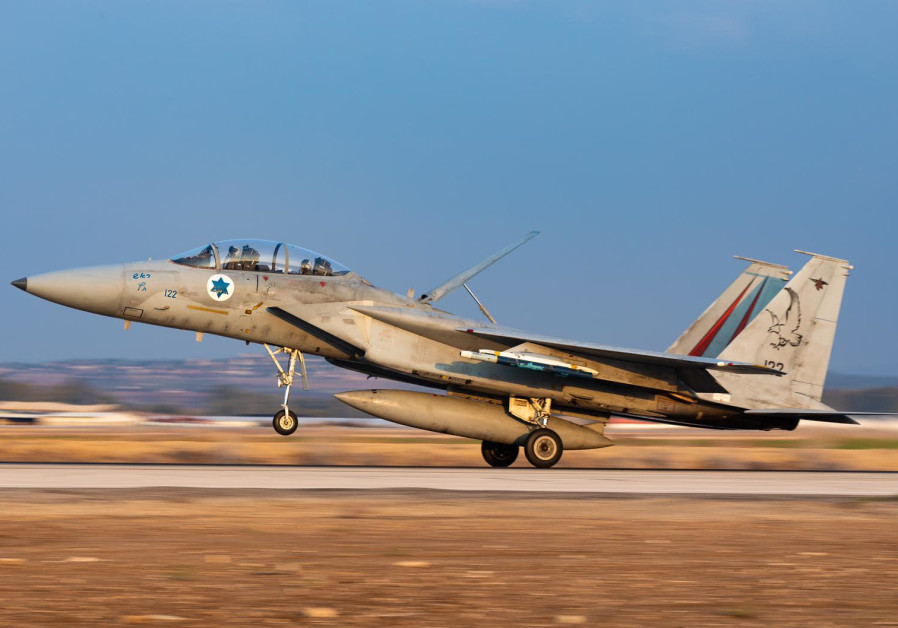
“We practiced attacking high-value targets in quantities in a way we never did before,” the officer added. “It was 24 hours with more than 3,000 targets attacked, causing severe damage to the operations of the enemy.”
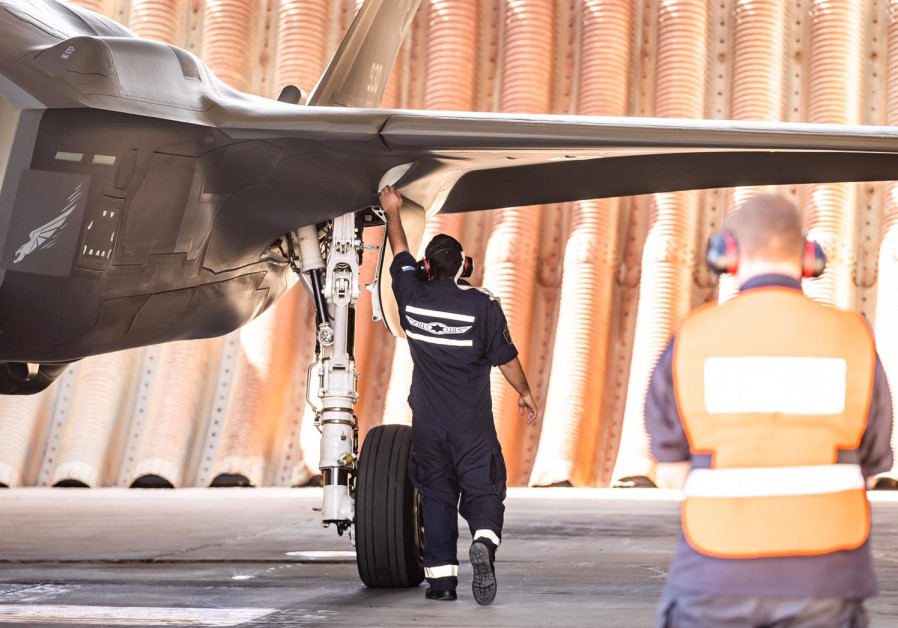
Despite the limitations imposed by the coronavirus crisis, about 85% of IAF personnel participated in the exercise, which involved all branches, including technicians, ammunition officers and reservists, who were called up to participate.
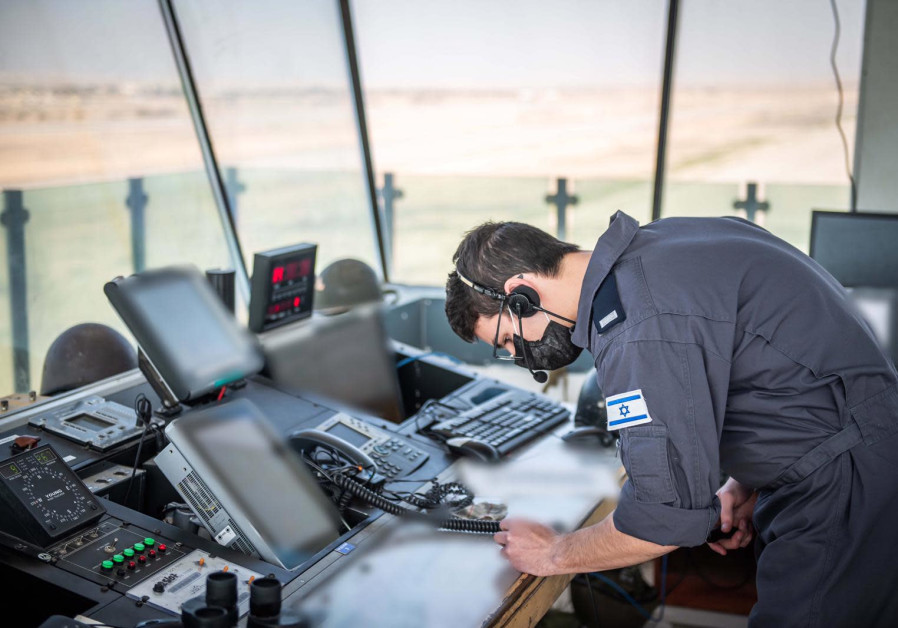
One of the main tasks simulated was achieving air superiority over Lebanon. This was achieved by destroying all elements that could threaten Israeli aircraft, including antiaircraft launchers, especially in southern Lebanon and Beirut, where Hezbollah has its headquarters.
Two weeks ago, Hezbollah tried to shoot down an IAF drone over Lebanon. The surface-to-air missile missed, and the drone continued its reconnaissance mission, the IDF said at the time.
While the drill focused on Hezbollah and Lebanon, the IAF considers the North as a single front and understands that Hezbollah also operates in Syria and that Iran is present throughout what is referred to as the “Shi’ite Crescent,” spanning Iran, Iraq, Syria and Lebanon, the senior officer said.

“We look even further east, but we operate there only in response to [incidents],” he said.
Lt.-Col. S., commander of the 201st Squadron that flies the F-16I and participated in the drill, told The Jerusalem Post his unit practiced a wide range of missions, including collecting intelligence and using many types of munitions in attacking multiple targets.
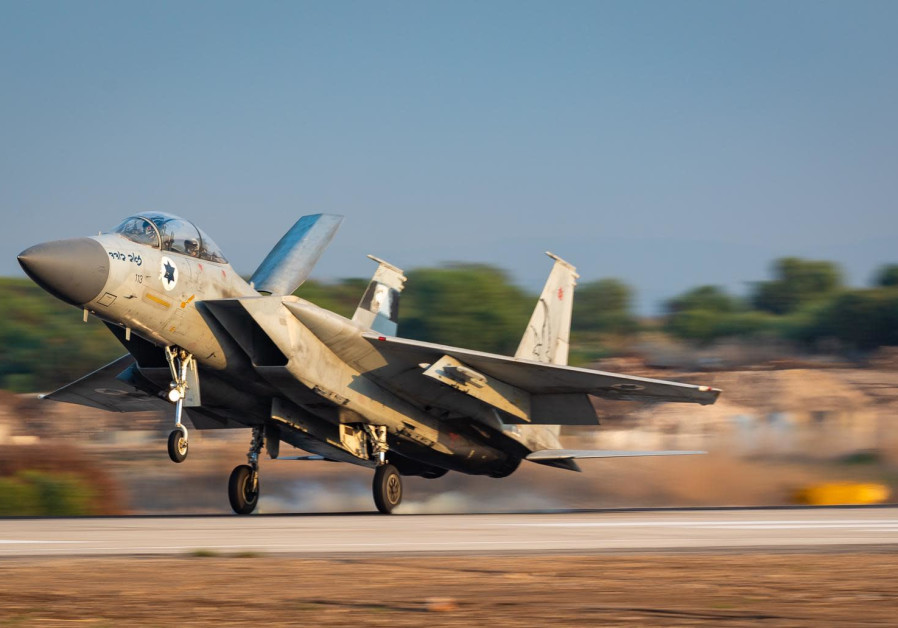
“This drill demonstrated a response to a mistake the other side made,” he said. “It shows the enemy what the air force will do in response to an attack on a fighter jet.”
During the 60 hours of the exercise, the entire staff of the squadron, including pilots and technicians, practiced loading and unloading different types of munitions onto and off of their fighter jets, all of which participated in the drill, S. said.

“We’re talking here about lifting munitions weighing tons... We basically did everything we will do in a war, except actually flying to the operational area, and dropping the bombs,” he said.
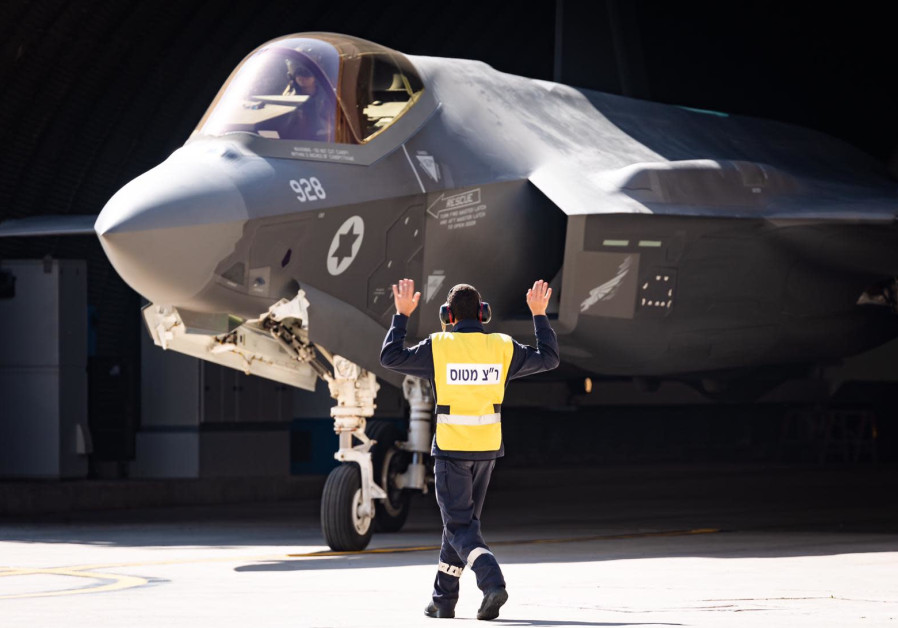
Another aspect of the exercise was getting the participants into the mood of the drill and hoping that reservists, who are considered a vital element in the air force, drop their day-to-day lives and attend.
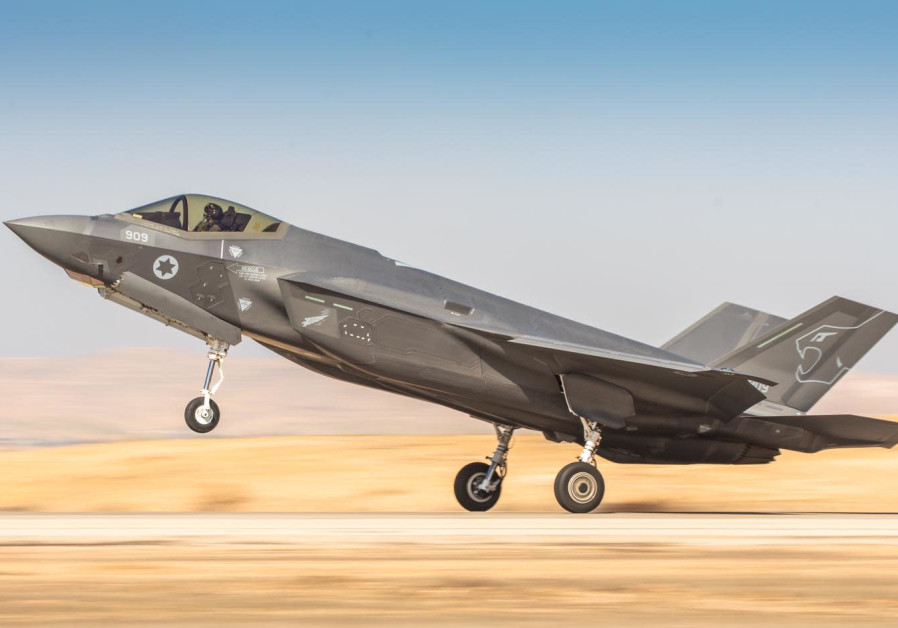
“On Sunday morning we got the call that the drill is starting,” S. said. “It caught us by surprise. We changed all our plans and started operating in war mode.”
“People who planned to be with their loved ones on Valentine’s Day had to cancel the plans,” he said. “Our reservists who planned on going to work on Sunday and Monday had to call their bosses or their colleagues and tell them they couldn’t come.”
“But above all, it was a mental exercise,” S. said. “Just after the lockdown and the uncertainty, people understood that this is what they have to do, and they attended the drill.”